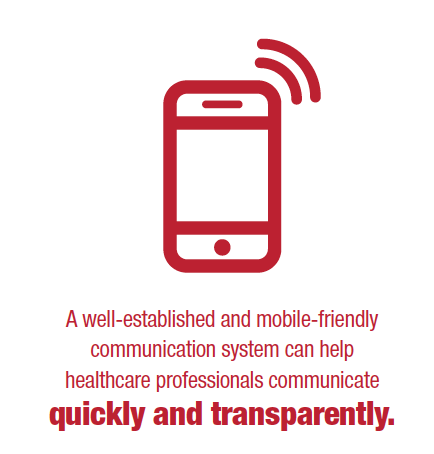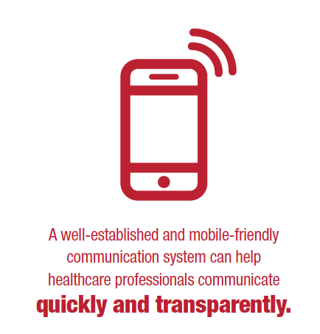Pulsara Around the World - 2025 Recap and January 2026
December Recap After an incredibly busy events year with 102 conferences, trade shows, and sponsorships, December was on the slower side for us, with...

Physician collaboration is associated with fewer patient deaths, readmissions, and emergency room visits.
A study of patients who underwent coronary artery bypass grafting (CABG) found that when physicians collaborated more, patients had a 24 percent lower rate of emergency room visits and hospital readmissions, and a 28 percent lower rate of death.[10]
 Physician groups that worked more closely together in caring for patients who underwent coronary artery bypass grafting (CABG) procedures were able to produce better patient outcomes, according to recent research.[11] The study examined claims data for 251,630 patients who underwent CABG between 2008 and 2011; the patients received care from 466,243 physicians across more than a thousand health systems. At 60 days post-procedure, patients treated by physician teams with higher levels of cooperation had:
Physician groups that worked more closely together in caring for patients who underwent coronary artery bypass grafting (CABG) procedures were able to produce better patient outcomes, according to recent research.[11] The study examined claims data for 251,630 patients who underwent CABG between 2008 and 2011; the patients received care from 466,243 physicians across more than a thousand health systems. At 60 days post-procedure, patients treated by physician teams with higher levels of cooperation had:
These results further support the importance of care coordination among physicians and care teams, particularly in critical procedures like CABG, where diagnosis and information exchange need to happen rapidly and accurately.
Transparent communication is key for any team looking to work more closely together. In the case of medical teams responding to people who are having heart attacks or other medical emergencies, communication needs to be not just transparent, but fast.
Rapid, meaningful coordination among teams caring for patients who have experienced a heart attack requires that:
The authors of the study on CABG and teamwork recognized that relying on claims data to determine the level of teamwork among physicians is a limitation. Future research could examine how healthcare professionals work together by directly observing their behavior in emergency care settings and measuring which behaviors and collaboration tools most influence positive patient outcomes. In addition, we must look at how much institutional commitment to collaboration impacts how well teams work together.
Particularly for patients who require an emergency CABG procedure, smart communication between their care teams is essential. In these cases where “time is muscle,” patients need to be transitioned from the pre-hospital providers to the emergency room staff to the cardiac care team as quickly as possible. In these crisis situations, a well-established and mobile-friendly communication system can help healthcare professionals communicate quickly and transparently to provide critical interventions quickly and safely.
REFERENCES:
10. Lou N. CABG Outcomes Best When Physicians Take ‘Team Sport’ Approach. MedPage Today. Nov. 8, 2016.
11. Hollingsworth JM. Association Between Physician Teamwork and Health System Outcomes After Coronary Artery Bypass Grafting. Circulation: Cardiovascular Quality and Outcomes. 2016

December Recap After an incredibly busy events year with 102 conferences, trade shows, and sponsorships, December was on the slower side for us, with...

Editor's Note: In July 2025, EMS1 and Fitch & Associates released their annual EMS trend survey, What Paramedics Want, proudly sponsored by Pulsara....
![[PRESS RELEASE] Published Research Finds Up to 31% Faster STEMI Treatment Times in Rural Hospital Setting with Pulsara](https://www.pulsara.com/hubfs/_1_website-page-blog-assets/pulsara-hosp-teams-assign-cardio-stemi-rn-1200x701.jpg)
Published research shows how using Pulsara, alongside standardized field activation and a focus on stakeholder relationships, improves STEMI care and...